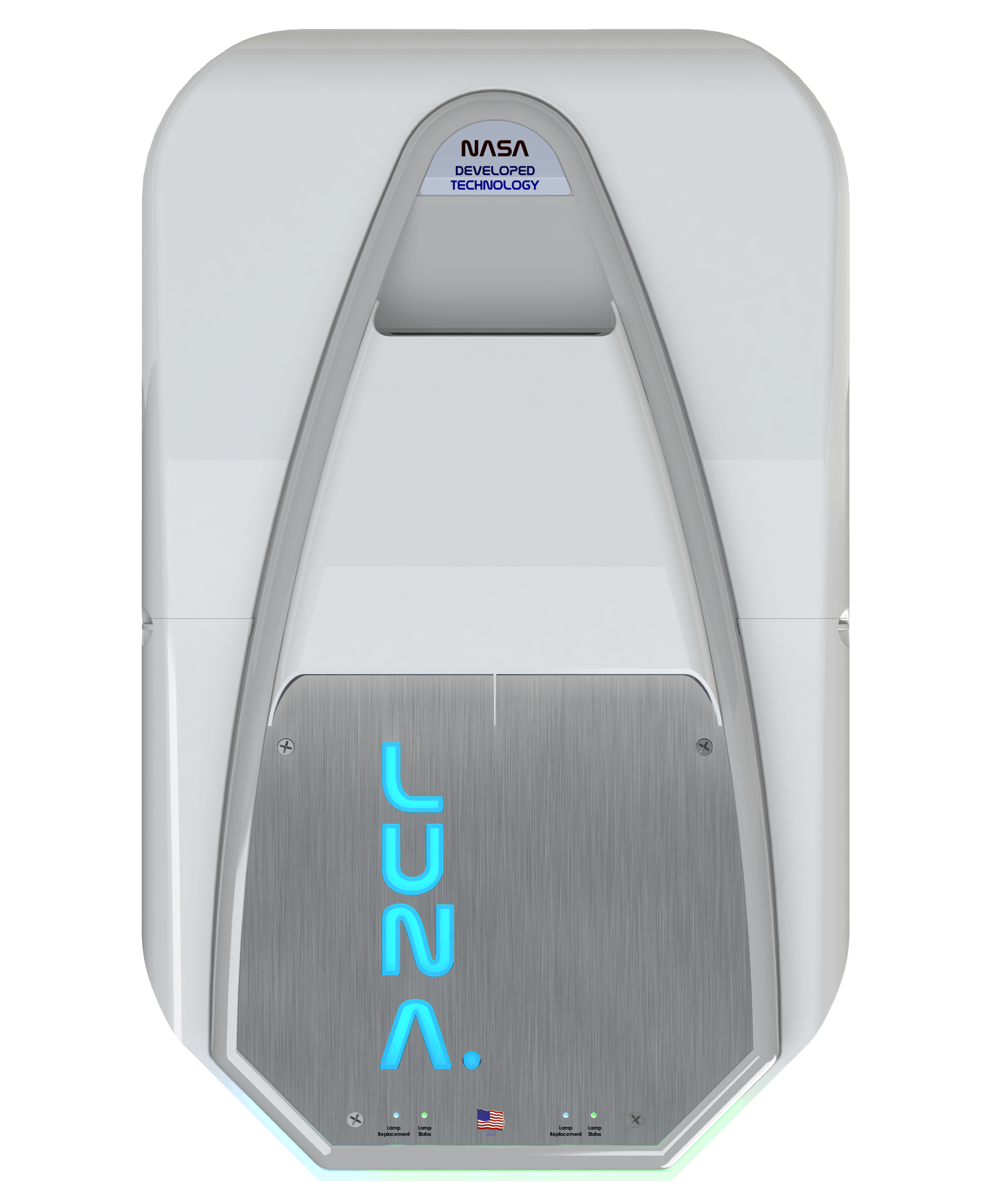Research & Technology

West Texas A&M University, USA
With a research facility at West Texas A&M University, USA, we developed ALFPCO™ and AFL PLASMA™, two of the most powerful ionization technologies today. ALFPCO™ and AFL PLASMA™ are scientifically proven to destroy 99.997% of bacteria, viruses, mould, dust, pollen, dander, odours, PM2.5, and VOCs in the air and on surfaces.
How It Works
ALFPCO™ Technology
UVC lamp emits UV light that destroys germs passing through.
UV light interacts with AFLPCOTM metal catalyst to release negative ions.
Negative ions diffuse into the surroundings (air and surfaces) and destroy bacteria, viruses, and other pathogens by deactivating their DNA.
Dead pathogens are converted to water and carbon dioxide.
AFL PLASMA™ Technology
Plasma electrodes split water into positive H+ ions and negative OH- ions.
Ions cluster around germs, allergens, and pollutants, destroying them.
Impurities in the air fall to the ground due to added weight from ions.
H+ ions and OH- ions recombine to form water.
Efficacy Test Results of ALFPCO™ & AFL PLASMA™
Experimental procedure: Bacterial samples were spread on agar plates. One plate was exposed to ionized air generated via ALFPCO™ & AFL PLASMA™ while the other was exposed to regular air. The rate of bacterial decay were compared and analyzed.
| Specimen | Health Issues Associated | Exposure Time to ALFPCO™ & AFL PLASMA™ (min.) | Elimination Rate (%) |
|---|---|---|---|
| Enterococcus faecium | Pneumonia, infection of the urinary tract, soft tissues, and blood | 60 | 99% |
| Staphylococcus aureus (MRSA) | Pneumonia, food poisoning, toxic shock syndrome, and infection of the skin, blood, and bones | 30 | 96.24% |
| Escherichia coli | Diarrhea, vomiting, fever, stomach cramps, and kidney failure | 60 | 99.23% |
| Clostridium difficile | Diarrhea, fever, severe cramping, intestinal inflammation, and sepsis | 30 | 86.87% |
| HCoV-229E | Pneumonia, Bronchiolitis, fever, cough, aches and pains, and diarrhoea | 60 | 99.41% |
| MERS-CoV | Pneumonia, Shortness of breath, Gastrointestinal infection, Nausea & vomitting | 60 / 240 | 99.78% / 99.997% |
References
- Agudelo Higuita NI, Huycke MM. Enterococcal Disease, Epidemiology, and Implications for Treatment. 2014 Feb 4. In: Gilmore MS, Clewell DB, Ike Y, et al., editors. Enterococci: From Commensals to Leading Causes of Drug Resistant Infection [Internet]. Boston: Massachusetts Eye and Ear Infirmary; 2014-.
Available at: https://www.ncbi.nlm.nih.gov/books/NBK190429
- Smith, D. S., Lindholm-Levy, P., Huitt, G. A., Heifets, L. B., & Cook, J. L. (2000). Mycobacterium terrae: Case Reports, Literature Review, and In Vitro Antibiotic Susceptibility Testing. Clinical Infectious Diseases, 30(3), 444–453.
Available at: https://doi.org/10.1086/313693
- Rainard, P., Foucras, G., Fitzgerald, J. R., Watts, J. L., Koop, G., & Middleton, J. R. (2017). Knowledge gaps and research priorities in Staphylococcus aureusmastitis control. Transboundary and Emerging Diseases, 65, 149–165.
Available at: https://doi.org/10.1111/tbed.12698
- Rock, C., & Rivera, B. (2014). Water quality, E. coli and your health. Coorperative Ext.
- Czepiel, J., Dróżdż, M., Pituch, H., Kuijper, E. J., Perucki, W., Mielimonka, A., Goldman, S., Wultańska, D., Garlicki, A., & Biesiada, G. (2019). Clostridium difficile infection: review. European Journal of Clinical Microbiology & Infectious Diseases, 38(7), 1211–1221.
Available at: https://doi.org/10.1007/s10096-019-03539-6




